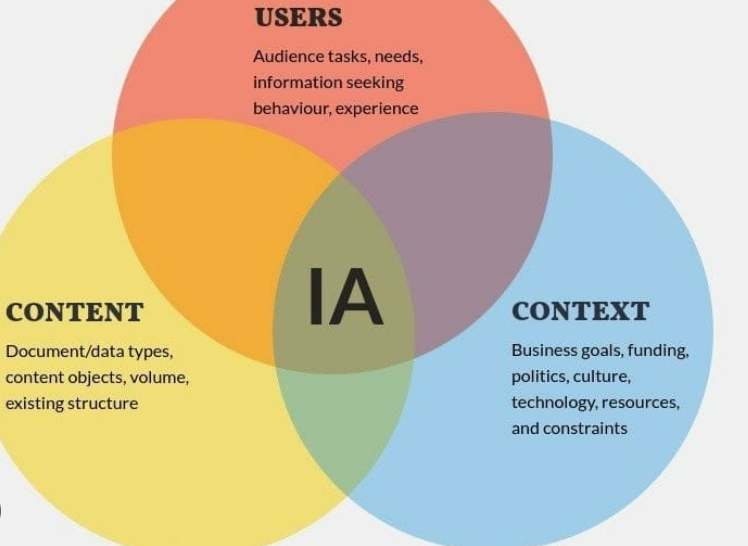Web Security: Protecting Your Online Assets
Information architecture (IA) focuses on organizing and structuring data to ensure seamless access, usability, and management. In the context of security, IA plays a crucial role in safeguarding sensitive data, ensuring compliance, and mitigating risks.
- Clear Data Classification: Information must be categorized based on its sensitivity. Classifying data as public, confidential, or restricted helps establish proper access controls, ensuring that only authorized individuals can view or edit sensitive information.
- Access Control and Permissions: A well-structured IA should define clear access levels, using role-based access control (RBAC) to manage permissions. Limiting access minimizes the risk of unauthorized data breaches.
- Data Encryption: Sensitive information should be encrypted at both rest and in transit. An effective IA incorporates encryption standards as a core part of data storage and transfer processes.
- Metadata and Tagging: Proper metadata and tagging within an IA can enhance the searchability of information while ensuring security. Metadata helps identify the classification of files and track their ownership, providing an audit trail.
- Compliance and Governance: IA for security should ensure that data management practices comply with industry regulations such as GDPR, HIPAA, or CCPA. Policies governing data handling, storage, and deletion need to be well-documented.
- Incident Response Integration: A secure IA must facilitate quick identification and response to potential threats. Structuring data to support threat detection and response mechanisms enhances resilience against attacks.
By embedding security principles within the IA framework, organizations can better protect their data and reduce vulnerabilities while ensuring efficient and compliant information management.

